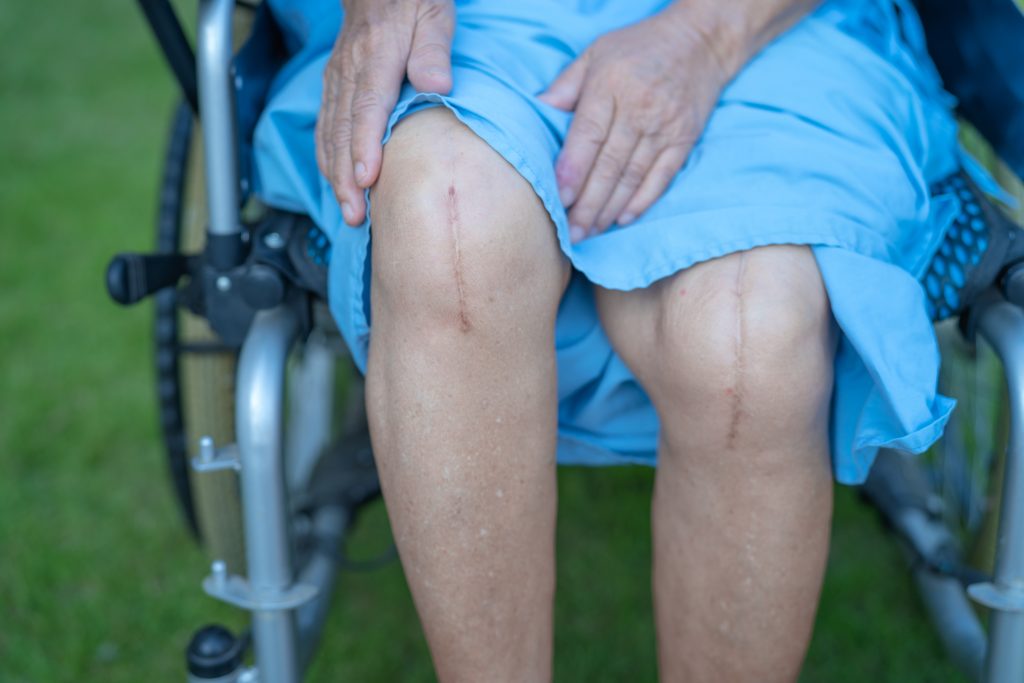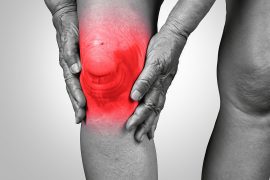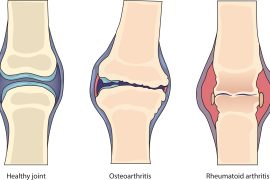Introduction:
Also known as knee arthroplasty, knee replacement surgery is a standard procedure to relieve pain and improve function in individuals with knee joint damage due to osteoarthritis, rheumatoid arthritis, or other conditions. While the surgical procedure can be a success, proper aftercare is crucial to ensure optimal healing and recovery. This blog will discuss the essential aftercare guidelines for patients who have undergone knee replacement surgery.
Pain management:
Pain and discomfort are common after knee replacement surgery. Your surgeon will prescribe pain medication to help manage the discomfort during recovery. In addition to medication, other pain management techniques, such as applying ice, using heat therapy, or using relaxation techniques, may also be recommended. It is essential to inform your doctor if the pain medication is not providing sufficient relief or if you experience any adverse side effects.
Wound care:
The incision site of a knee replacement surgery requires careful attention to promote healing and prevent infection. A bandage and dressing will likely cover the incision site after the surgery. It is crucial to keep the incision site clean and dry and to follow any wound care instructions provided by your doctor. In addition, watch for signs of infection, such as redness, discharge, or increased pain around the incision site, which should be reported to your doctor immediately.
Physical therapy and exercises:
Physical therapy is a crucial aspect of the post-operative recovery process for knee replacement patients. Your physiotherapist will devise a personalised rehabilitation program that includes exercises to help you regain strength, flexibility, and a circular range of motion in your knee. The exercises prescribed may consist of leg lifts, straight leg raises, knee bends, and ankle pumps. The focus of physiotherapy is to help you regain normal movement and function in your knee as quickly as possible. Therefore, following the therapy regimen and performing the exercises as directed to ensure optimal healing and recovery is important.
Maximum Weight Capacity for the New Knee
Following a knee replacement surgery, patients are given specific weight-bearing instructions in the hospital and at home. The amount of weight that can initially be placed on the new knee will vary depending on several factors, including,
The type of surgery performed, such as a total knee replacement or a single-side knee replacement.
The type of prosthesis used and how it is attached to the natural bone.
The health of the patient’s existing bone.
As time progresses, patients will gradually be asked to apply more weight to their new knee.
Weight Management
As the knee joints bear most of the body’s weight, it is important to consider body weight in the recovery process following knee surgery. Prolonged bed rest after the procedure can lead to weight gain, which can put additional stress on the newly-operated knee, potentially slowing the recovery process. To ensure a successful and speedy recovery, it is crucial for patients to closely monitor their weight, engage in regular physical activity, and maintain a balanced and nutritious diet.
Blood circulation and swelling management:
Keeping your knee elevated as much as possible is necessary to reduce swelling and improve blood circulation in the affected knee. This can be achieved using a pillow or foam cushion to prop up the knee while sitting or lying down. Your doctor may also recommend wearing compression stockings or ice packs to reduce swelling.
Diet and nutrition:
Eating a protein-rich diet low in saturated fat is important to promote healing and recovery after knee replacement surgery. To support the healing process, you should also consume adequate amounts of vitamins and minerals, such as calcium, vitamin D, and iron. In addition, your doctor may recommend dietary supplements or a specific diet plan to ensure optimal nutrition during recovery.
Ask for Help
Take all the help and assistance of your immediate family or caregivers for delegating household chores, medical appointments and follow-ups, medication and wound care, and physiotherapy visits.
Conclusion:
Knee replacement surgery can be a successful procedure enriching the lives of individuals with knee joint damage. However, proper aftercare is crucial to ensure optimal healing and recovery through which patients can improve their chances of a successful outcome and a quicker return to their normal activities. Therefore, you must consult your doctor regularly and follow their instructions and recommendations to ensure the best possible outcome.
FAQs:
Q: How long does physical therapy last after knee replacement surgery?
A: The duration of physical therapy after knee replacement surgery varies from person to person. Typically, physical therapy begins within a few days of the surgery and lasts several weeks to several months. However, the length of time will depend on factors such as the patient’s age, overall health, and the extent of the knee damage.
Q: Can I drive after knee replacement surgery?
A: It is recommended to avoid driving for 4-6 weeks after knee replacement surgery or until your doctor gives you the green light. This allows sufficient time for the knee to heal and for you to regain the strength and mobility needed to operate a vehicle safely.
Q: Can I return to work after knee replacement surgery?
A: The time needed to return to work after knee replacement surgery varies depending on your work and the extent of your knee damage. Those with sedentary jobs may be able to return to work within a few weeks, while those with physically demanding jobs may need several months to recover. Discussing your specific situation with your doctor to determine when it is safe for you to return to work is essential.
Q: Can I participate in sports or physical activities after knee replacement surgery?
A: Yes, you can participate in physical activities after knee replacement surgery, but it is advised to wait for your doctor to give you the green light and to start slowly. Low-impact activities, such as swimming or cycling, are recommended first, followed by more strenuous activities as you gain strength and mobility.
Q: Can I use a knee brace after knee replacement surgery?
A: Yes, you may use a knee brace after knee replacement surgery. However, consulting your doctor first is required. A knee brace can provide support and stability during recovery and help prevent knee injuries. Still, it should not be relied upon to compensate for weakness in the affected knee.
Q: What should I not do after knee replacement surgery?
A: After knee replacement surgery, there are several activities that you should avoid to prevent complications and ensure proper healing. These include:
Not overdoing physical activity, such as climbing stairs or carrying heavy objects
Not bending your knee past a 90-degree angle.
Not sitting with your legs crossed.
Not to expose your incision site to water, such as by taking a bath or swimming, until your doctor advises you to do so.
Not engaging in activities that put a lot of pressure on your knee, such as running or playing high-impact sports, until your doctor gives you the green light.
Q: What is the most important thing to do after knee replacement surgery?
A: The most important thing to do after knee replacement surgery is to follow the instructions and recommendations provided by your doctor. This includes engaging in physical therapy, following a healthy diet, and making lifestyle changes to support healing. Keeping the incision site clean and dry is also advisable, as managing pain and swelling and elevating your knee as much as possible.
Q: How long is bed rest after knee replacement?
A: The length of bed rest after knee replacement surgery depends on the individual and the extent of the knee damage. Most patients can get up and move around the same day or the next day after the surgery. Still, bed rest may be recommended for a few days to several weeks, depending on the specific case.
Q: How long before I can walk after a knee replacement?
A: The ability to walk after knee replacement surgery varies from person to person, but most patients can walk with the help of a walker or crutches within a few days of the surgery. Physical therapy is crucial for regaining strength and mobility in the affected knee. Patients can typically walk without assistance in weeks to months after the surgery.
References :
https://medlineplus.gov/ency/patientinstructions/000369.html
https://www.healthline.com/health/knee-replacement-surgery
https://www.allinahealth.org/health-conditions-and-treatments/health-library/patient-education/total-knee-replacement/after-surgery
https://www.medanta.org/patient-education-blog/post-surgery-care-tips-to-recover-from-knee-replacement-surgery/
https://orthop.washington.edu/patient-care/articles/knee/total-knee-replacement-a-patients-guide.html
https://www.arthritis-health.com/surgery/knee-surgery/what-expect-after-knee-replacement





Comments are closed.